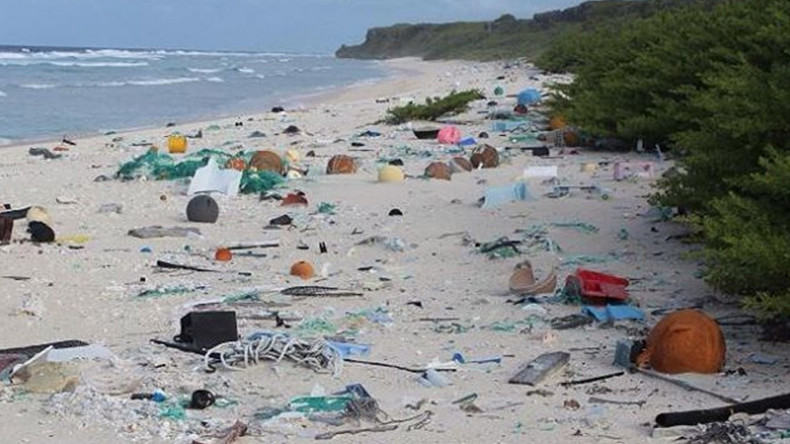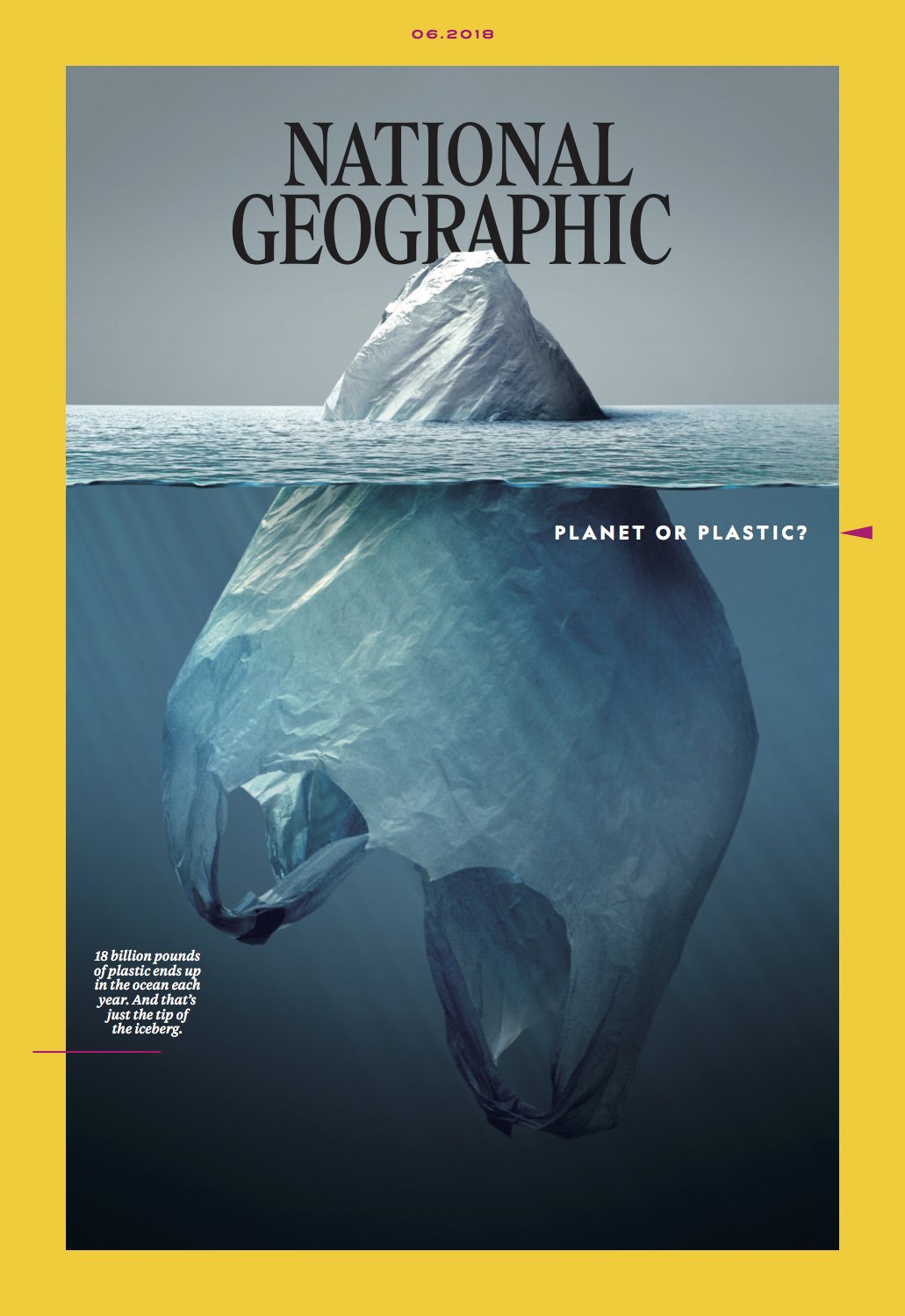******ഇത് ഞങ്ങളുടെ ഡ്യൂട്ടി ആണ്******
Krsna's knuts & whits
Tuesday, January 26, 2021
ഇത് ഞങ്ങളുടെ ഡ്യൂട്ടി ആണ് ~ ഒരു കോവിഡ് ഓർമക്കുറുപ്പ്
Wednesday, August 26, 2020
The Game of Thrones - lores from now since then
Her husband was killed in a
yet-to-be-determined-alleged conspiracy involving the very same political party
he helmed. Her mother-in-law was also assassinated under compelling political
circumstances. For any normal person, all these tragedies may be doomsday, but
not for Silvia Mara. Her post-war childhood has pruned her to be as resilient
as her name - spirit of wood. Though in a country alien to her roots, her adaptability
ensured she understood the country better than many of its own.
The years following her husband Ravish Ghai's murder
sent Silvia into a deep state of meditation preparing her for the years of
Godmotherly play she was destined to. The party her family is attached has a
long history intertwined with the history of the nation and hence they were
always in the limelight for good and bad. They also had a history of riding on
sympathy waves following the death of any tall leaders. She saw it once after
her mother-in-law Isha Ghai's murder when the party rose like a phoenix rising
from her ashes. She never imagined she will get a Deja vu after Ravish's death
as well.
In a country that accepted guests like Gods but
treated them like aliens, her solace was some party loyalists who seemed to
keep the family and party above their own interests. Not to be mistaken, they
never let go off their interests, but kept it on par with the others if not
above them. Since the days she came to the country as the defacto 'Bahu' (daughter-in-law)
changing her surname to Ghai, she has seen loyalists and opportunists swarming
around the party. These people saw her only as an outsider, incapable of
understanding them or this alien language & culture, often to be
chauffeured around, and always relying on others for help (for, there was no
dearth of them). They failed to notice the annual rings of experience she was
silently adding just by observing and some help from the inner-most. And that
was a gross hindsight they were to repent soon.
The loyalists, outnumbering one to many hundreds of tall regional leaders, were key to her reigning over the party. They foresaw the opportunists taking sides with the opposition parties criticizing her of her roots if she aimed to helm the party. Hence any maneuvering was meticulously planned to not just outsmart the insiders, but equally or more for the arch enemies. They fired some practice shots in the shooting range to see the reactions and identify the targets and they were astonished to see the results. The first attempt to make Silvia the party president backfired with the long timers and opportunists equally opposing any move to install a 'foreigner' as their president. Some of them colluded to leak this to the press and political rivals and critics mounted. No one realized it was a ploy.
Having fired those practice shots, Silvia and her core
team sat to chalk out the strategies meant to 'deal' with both inner and outer
dissidents with one stone. To the utter dismay of the core team, Silvia decoded
the PLAN. For, the Core felt that their duty was to 'protect' her, she
outsmarted them with her plan for them in a win-win. They were to split as a
team, each of the core leader posing as the biggest critic of her foreign
origin. Silvia wanted them to grow outside of the clutches of the grand
old party for her own benefits and for theirs as well. The biggest dissidents
will take in the smaller ones and carve out their own regional parties with
national interests. The foolish dissidents, riding on hate wave, will flock into
the new hives. The leftovers with false sense of duty to protect the party will
go silent in the larger interest.
The opposition is fooled to think that Silvia is a
failure in promoting herself to the party helm thereby splitting the party and
weakening it. They will flourish on the newfound ground and uproot (that
is what they thought) the grand old party putting the blame on Silvia. And she
was clever, every now and then she created opportunities to push herself to public
office and all opposition parties and her own old loyalists will mount their
usual theatrics nation-wide. She will sideline herself and will show a ‘sacrifice’
face in front of her own party. The party (or whatever is left of it) will
flock around the shepherd, supporting, protecting, and seeking protection. In
doing all this, she not only blocks any outsider attacks and strengthen her
foundations, but also deters any chance of a full-fledge investigations into
her multi-layered businesses. Opposition never sees or wants to see this ploy
and keeps opposing every move she makes it to public office. And her old
guards, who are now in coalition with the main opposition parties in many
states and in the center, creates all the smoke screens she ever needed. Over
time, seemingly powered but weakened by these new coalition partners, the main
opposition will realize they were growing branches at the cost of decaying their
own roots. Had one of them let her to be to a public office, she would have compelled
to be transparent in her many business dealings which are buried in layers of
anonymity.
And now that Silvia’s kids have grown up, as a caring mother,
she finds all means to make them powerful and the only dominant ones at the
helm ruling over the ‘weak’. She will step up and step down, take a pause, take
a step back and then return with vigor, 'for the sake of keeping the party and its ethos
live'. She will give sermons every now and then on how power is poison. While most
sees those in a philosophical lens, there are not many who get its literal
sense!
Disclaimer: Curse
your imgainations not mine, if any of these has any semblance to any living
or dead.



